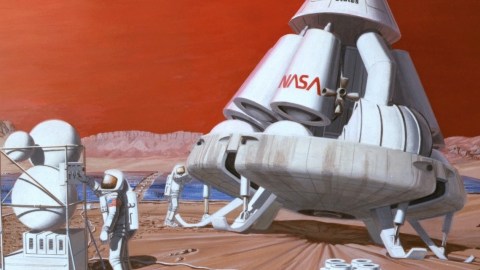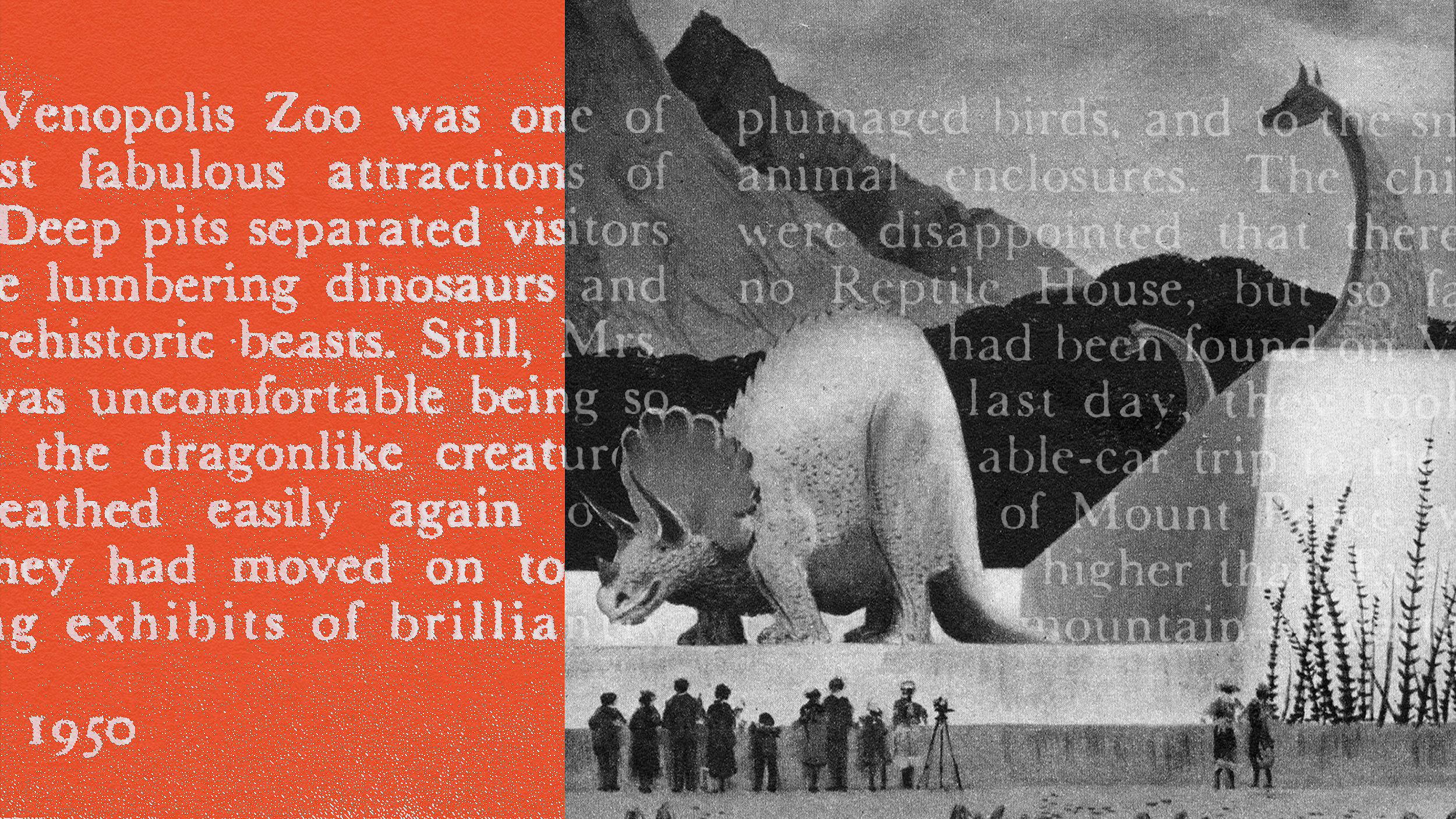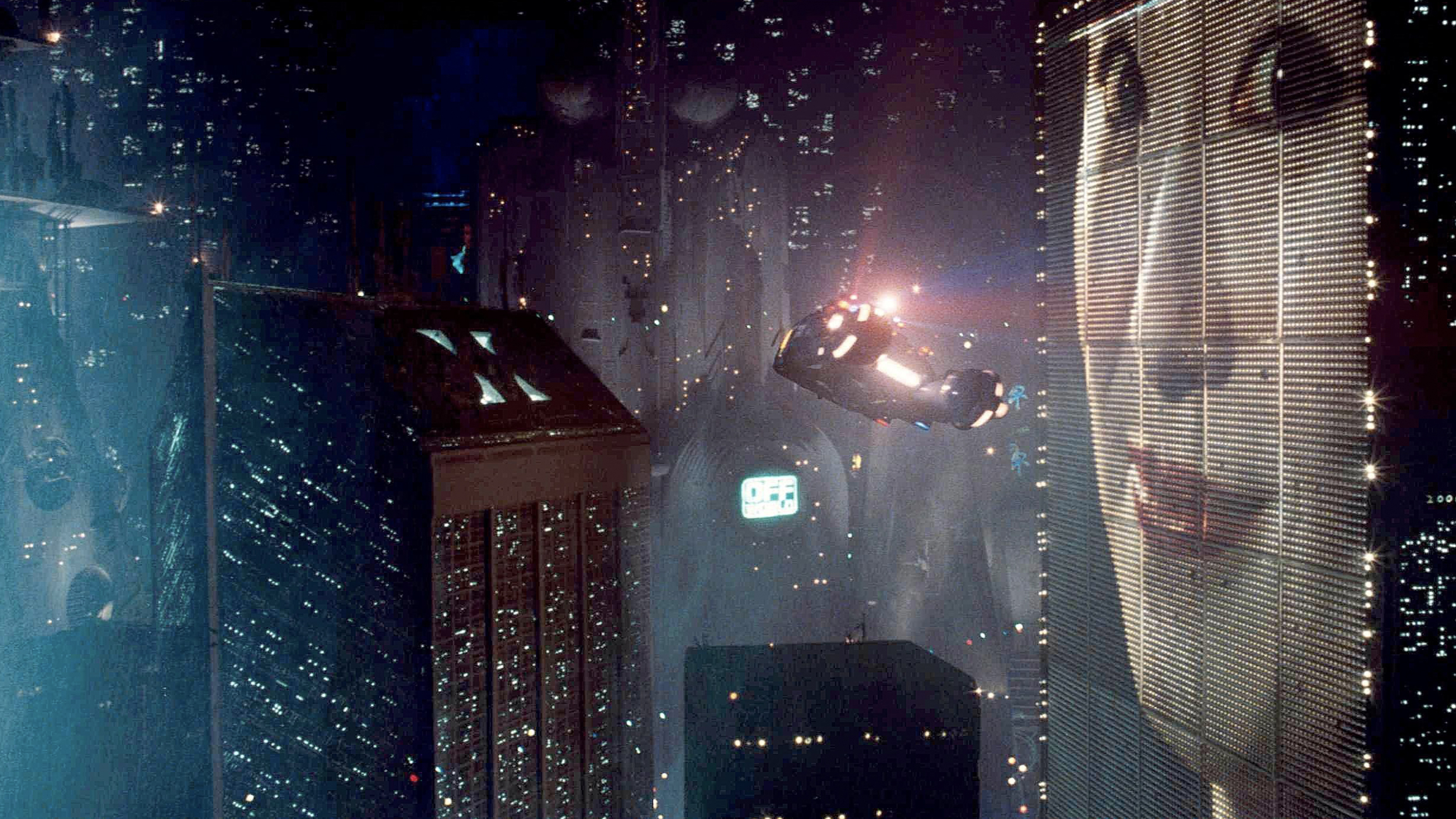Does Great Science Require Great Science Fiction?

I enjoyed this recent article by Neal Stephenson in the World Policy Journal, but I think he and his editors may have buried their lede. Stephenson, a bestselling science fiction (SF) author who grew up watching the Apollo missions, is concerned about the lack of visionary science and engineering projects in our own time. Accordingly, he frames his essay as a lament about the decline of American innovation, of “our ability to get important things done,” and so on. We’ve all seen plenty of commentary to this effect, especially since the Space Shuttle completed its last mission. Midway through, however, Stephenson recounts the following anecdote from a 2011 conference called Future Tense:
“You’re the ones who’ve been slacking off!” proclaims Michael Crow, president of Arizona State University (and one of the other speakers at Future Tense). He refers, of course, to SF writers. The scientists and engineers, he seems to be saying, are ready and looking for things to do. Time for the SF writers to start pulling their weight and supplying big visions that make sense. Hence the Hieroglyph project, an effort to produce an anthology of new SF that will be in some ways a conscious throwback to the practical techno-optimism of the Golden Age.
This struck me as a remarkable claim—not on Stephenson’s part, of course, but Crow’s. It’s one thing for authors to trumpet their own importance, but to see a university president actually call on fiction writers to lead the country forward is startling. In effect he asks them: how can America build a great future unless you imagine it for us? The name “Hieroglyph,” by the way, derives from a certain Hieroglyph Theory advanced at the same conference:
Good SF supplies a plausible, fully thought-out picture of an alternate reality in which some sort of compelling innovation has taken place. A good SF universe has a coherence and internal logic that makes sense to scientists and engineers. Examples include Isaac Asimov’s robots, Robert Heinlein’s rocket ships, and William Gibson’s cyberspace. As Jim Karkanias of Microsoft Research puts it, such icons serve as hieroglyphs—simple, recognizable symbols on whose significance everyone agrees.
Through the connection between hieroglyphs and hierophants, or interpreters of sacred mysteries, I was reminded of a line from Percy Shelley’s “Defence of Poetry.” According to Shelley, “poets”—meaning all imaginative writers—”are the hierophants of an unapprehended inspiration; the mirrors of the gigantic shadows which futurity casts upon the present.” If he were around today, Shelley might very well applaud the Hieroglyph Theory. In a previous post I discussed how his own political poetry has had a considerable influence on modern political history. And it was his wife, Mary Shelley, who is often said to have invented modern science fiction with her novel Frankenstein. That book views the future of science and technology with trepidation, but for better or for worse it has proved prophetic. The Frankenstein archetype has been invoked over the years in connection with everything from bionic limbs and heart transplants to plastic surgery and genetic engineering. If the Hieroglyph Theory is to be believed, Frankenstein—to say nothing of the genre it launched—has helped create the miracle and monster of modern civilization.
Personally, I’m not sure whether science fiction tends to foster scientific reality or whether science tends to forge ahead no matter what, spawning technologies both dreamt and undreamt. (I don’t remember Jules Verne ever predicting the electric toaster, yet there it is.) I do think, though, that the genre is irreplaceable in its capacity to dramatize, and judge, the potential impact of future technologies. In other words, we may not need people like Stephenson to dream up the nanobots and neuroenhancers so much as to excite us or warn us about them. Either way, I agree with Crow and Stephenson that more and better science fiction can only be a good thing. I look forward to the Hieroglyph anthology, and I hope it features a few visions worthy of Asimov.
[Image: NASA artist’s conception of a Mars mission, Lew Bossinas, 1989. Courtesy Wikimedia Commons.]





